You will need quality SEO-rich content if you own a website and want to bring in as much traffic as possible. SEO (search engine optimization) content gets your website to the top of search engine lists, making it easier to find online when users search for a specific keyword or keyword phrase.
In short, without high-quality SEO content, your website will have a low ranking on search engines and be hard to find. User intent is the intention of the user’s search. Why are they looking this information up, and what answers are they trying to find?
If you know how to identify user intent and can understand it, you have the best chances of creating a successful website pulling in more traffic and potential customers compared to your competitors.
Understanding User Intent
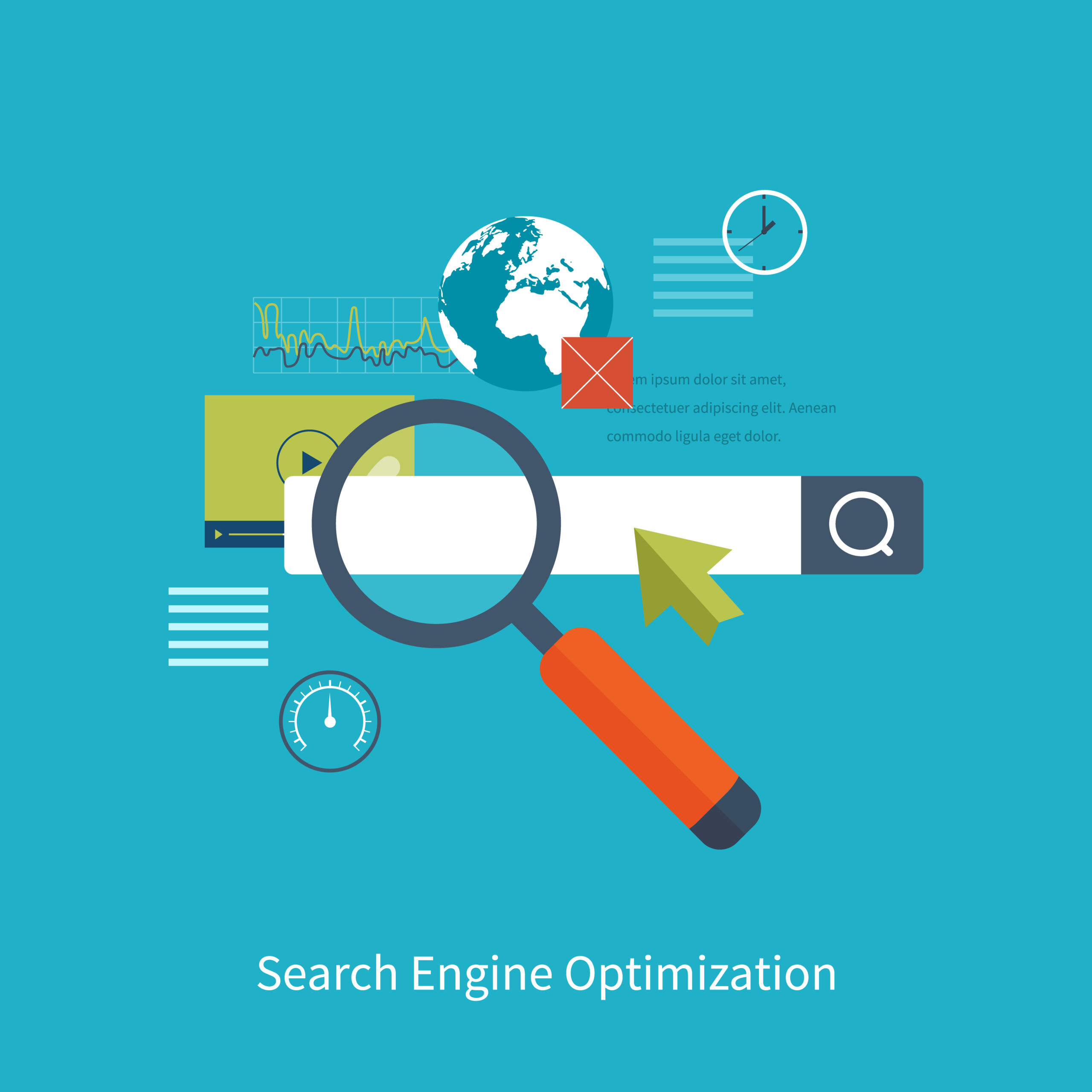
To get the most out of SEO content, it is crucial that the writer understands the types of user search intent and how to differentiate them while conducting research.
Users have a motive behind the words they type into search engines. These keywords ensure your content pops up before everyone else’s. Simply put, if your content doesn’t contain the right keywords, it won’t rank in a search engine.
With that in mind, it is crucial to understand the user’s intentions for looking up these specific keywords. User search intent is a ranking enabler that companies like Google use to rank each page.
When categorized by Google, the user’s intent is grouped into four main topics. As long as your content meets these key elements, chances are good your site will pop up during user searches.
- Quality
- Relevance
- Authority
- Experience
Google uses these groups to determine the essential words and phrases in all the content on the internet to decide which page is most helpful to the user.
Types of User Intent
There are four main types of user intent used when searching for keywords and phrases on the internet.
- Navigational intent. A search looking for a specific website or brand without using their specific link (eg. typing Facebook or Nike into Google). This is quicker and more convenient for the user.
- Informational intent. A search for answers to specific questions, typically during research or for educational purposes.
- Transactional intent. A search where the user wants to complete a specific transaction, such as purchasing goods or services.
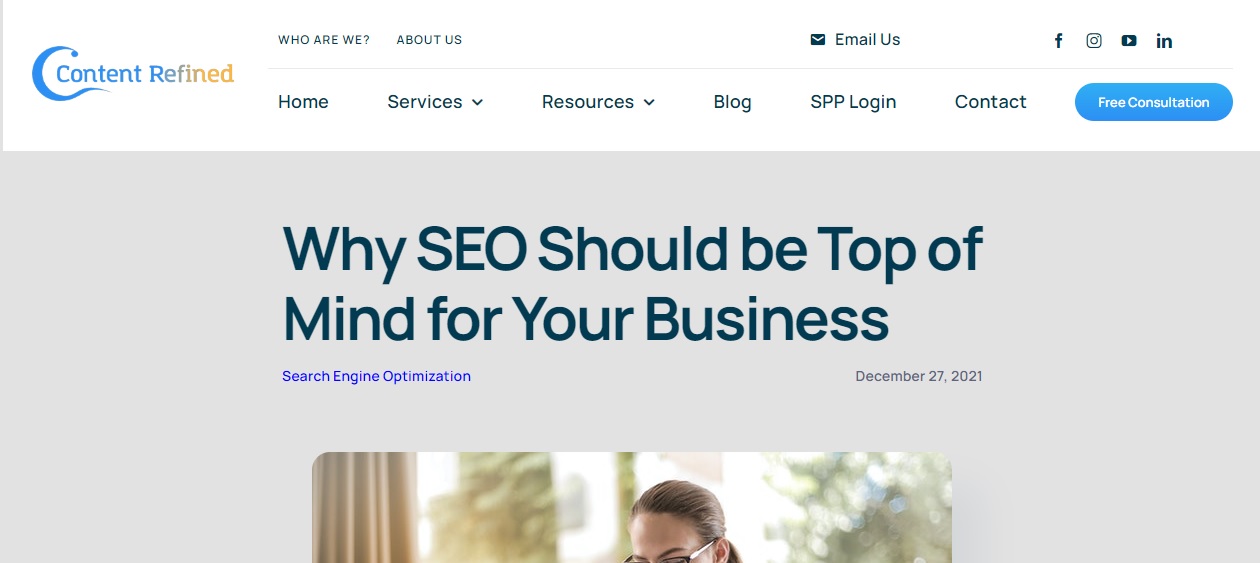
- Commercial investigation intent. A search where the user wants to compare the goods or services of multiple providers or companies.
Knowing what each of these types of user intents is and knowing how to identify them will assist in ensuring your website and content ranks high with search engines.
How to Identify User Intent
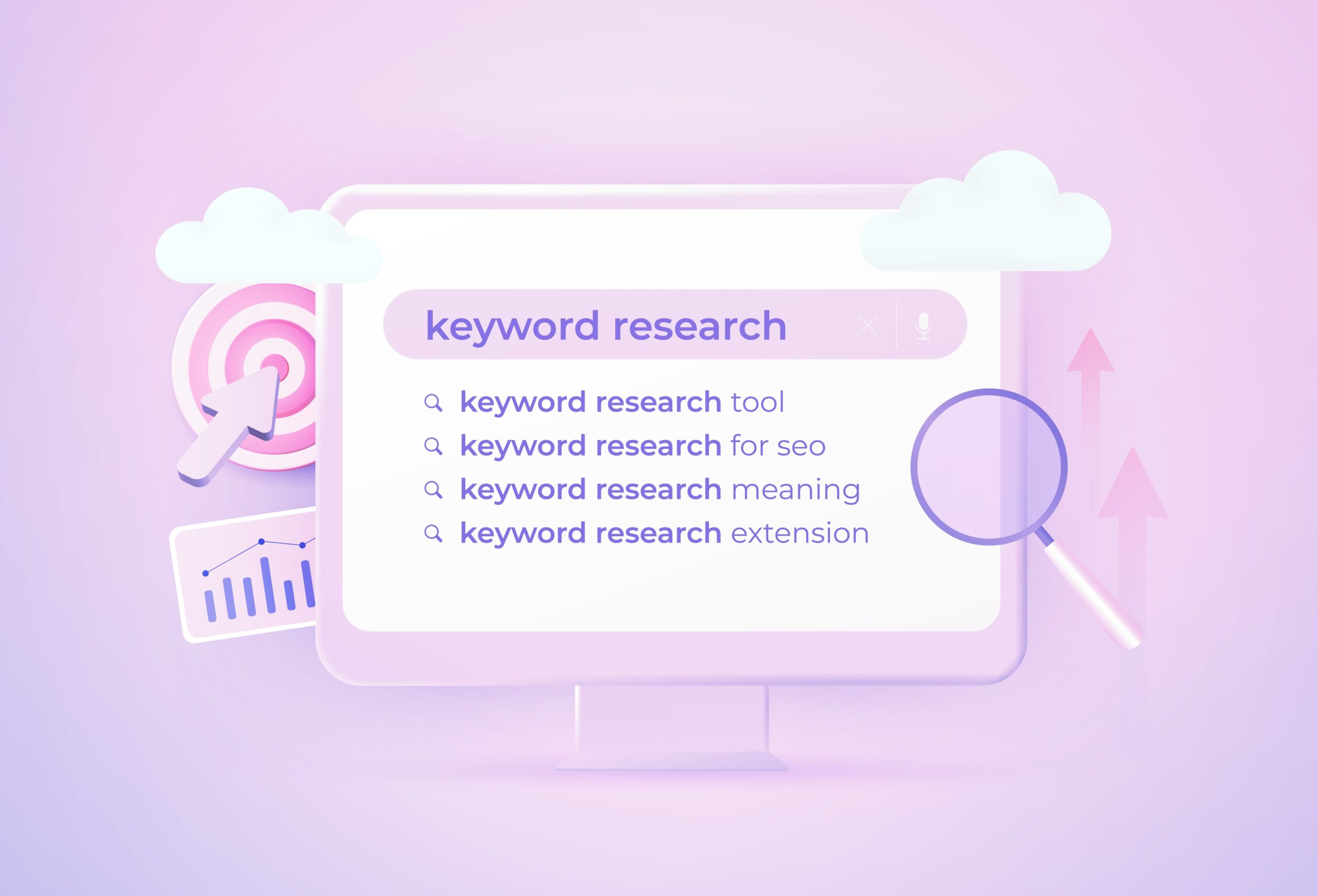
There are ways to identify user intent to ensure you are ranking the highest possible on search engines. This will ensure your website sees a significant amount of traffic with more visitors than competing sites.
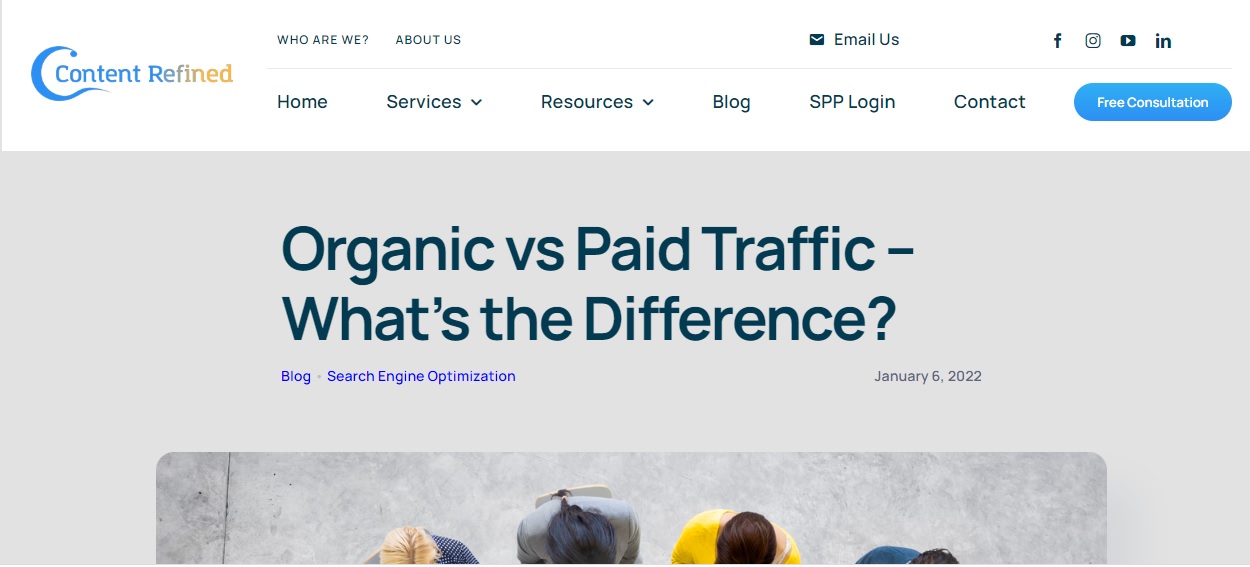
- Utilizing keyword research. As it sounds, keyword research is a tool used to find terms used by people looking for all types of information on the internet. Knowing what keywords are frequently used in search engines is an excellent way to ensure those exact words are used in your content.
- Analyzing search queries. Search queries are things people search for. Having a good understanding of what people frequently ask Siri or Alexa or type into Google or Bing will help you identify the best information to put on your website.
- Understanding user behavior. Understanding user behavior on your website will help you know where your site is failing and thriving. Tools like Google Analytics can help you see how many people log onto your page, how long they stay, and other activities that happen while they are there.
Taking the time to research and understand what people are looking for and what they hope to get out of their search is the best way to improve your SEO and website traffic.
How to Satisfy User Intent
Satisfying user intent will boost your rank in search engines. User intent is the primary tool used by Google when picking which pages rank the highest, which makes it the main goal in SEO content.
When creating content for a website, whether it be blogs, scientific studies, guides, or anything else, satisfying the user’s intent will be crucial to your success. So, how do you do it?
- Create content matching the user’s intent. After figuring out the user’s primary intent, you can create content to match it, optimizing keywords and phrases to boost your rank.
- Optimizing your website’s architecture. Building your website to make navigation easy for users will create a more satisfying experience.
Measuring User Intent Satisfaction
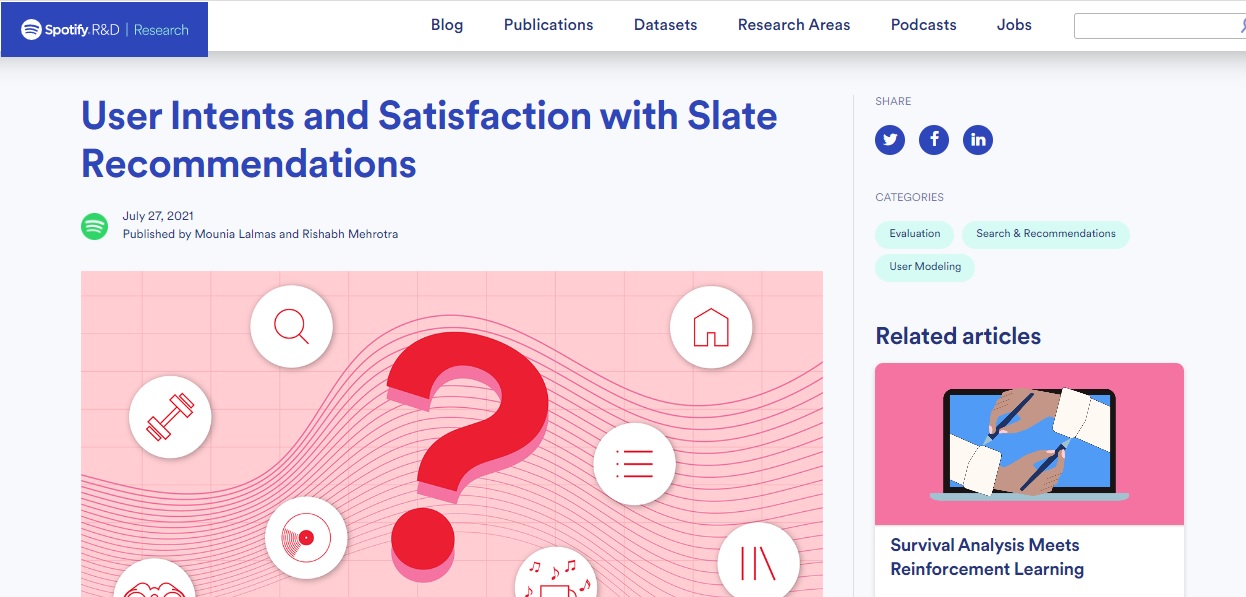
There are ways to help websites measure the satisfaction of the users viewing their website. These tools can analyze how many visitors enter your site, how long they stay, what they do there, etc.
By measuring user satisfaction, you can analyze whether or not you are meeting the demands of anyone coming to your site with specific intentions. You can do this in two ways: with analytic tools or by reviewing user feedback.
- Using analytic tools. You can use various analytic tools to record who visits your site, what they do there, and how long they stay. This is a huge help to see what people think about your content marketing.
- Analyzing user feedback. Be active in your rating and reviews. Utilize user feedback to help determine what viewers think about your site to gauge what changes need to be made, if any.
Conclusion
The importance of user intent when it comes to search engine optimization content is immeasurable. Understanding the difference between the main types of user intent, how to identify them, and how to create relevant content appealing to them are essential to becoming a top-ranking website.
To identify and satisfy user intent, take the time to do your homework, research keywords, terms, and phrases to see which are often used by your target audience, and acquire tools and software for analytical support.
FAQs
What is user intent?
User intent is the intention of the user’s words entered into search engines. These are phrases, questions, and terms typed into Google, Bing, etc. by people searching for specific answers and information.
Why is understanding user intent important for SEO?
Understanding user intent is essential for SEO because it will help you identify the most important information to put in the content of your website to rank high on the search engine results page.
How can I identify user intent?
You can easily identify user intent by understanding the user’s behavior while visiting your website, analyzing what people frequently ask in search queries, and gaining insight into top keywords and terms.
How can I create content that matches user intent?
You can match users’ intent by creating relevant content that mirrors the keyword phrase most often used in search engines and by making your website user-friendly. Ensure that your website ranks high on the search engine results page and that finding information and internal links is easy for everyone.
How do I measure user intent satisfaction?
You can measure user intent satisfaction with tools that create data regarding user behavior on your website or by analyzing user feedback.


